
В мире обработки материалов, the electric hoist gets all the glory. It’s the powerful muscle that lifts, lowers, and moves heavy loads with the push of a button. But what often goes unnoticed, yet is absolutely critical to the entire operation, is its mounting bracket for the I-beam.
Онлайн -чатДумай об этом так: Вы не построили бы дом на слабым основании. Сходным образом, you should never trust a powerful Электрический подъемник to a subpar or incorrectly chosen mounting bracket. This crucial component is the critical link between your hoist and the overhead support structure, ensuring everything stays safe, secure, and operational.
Today, we’re shining a well-deserved spotlight on the electric hoist mounting bracket for I-beam.
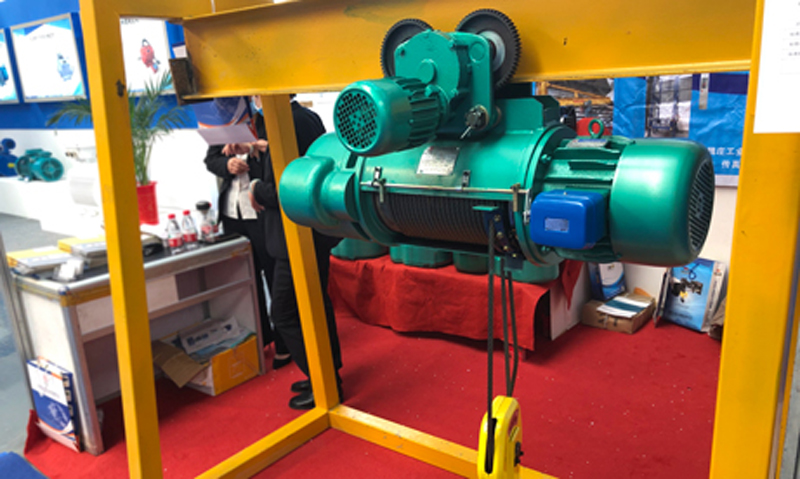
The primary function of the bracket is to provide a secure and stable connection. Its importance boils down to three key factors:
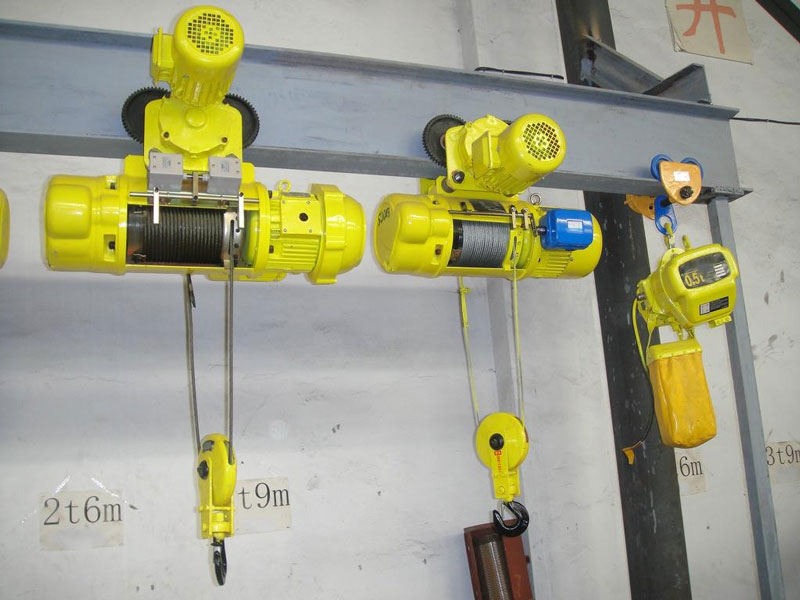
While designs vary, most brackets consist of a few essential parts:

You can’t just pick any bracket off the shelf. Here’s what to consider:

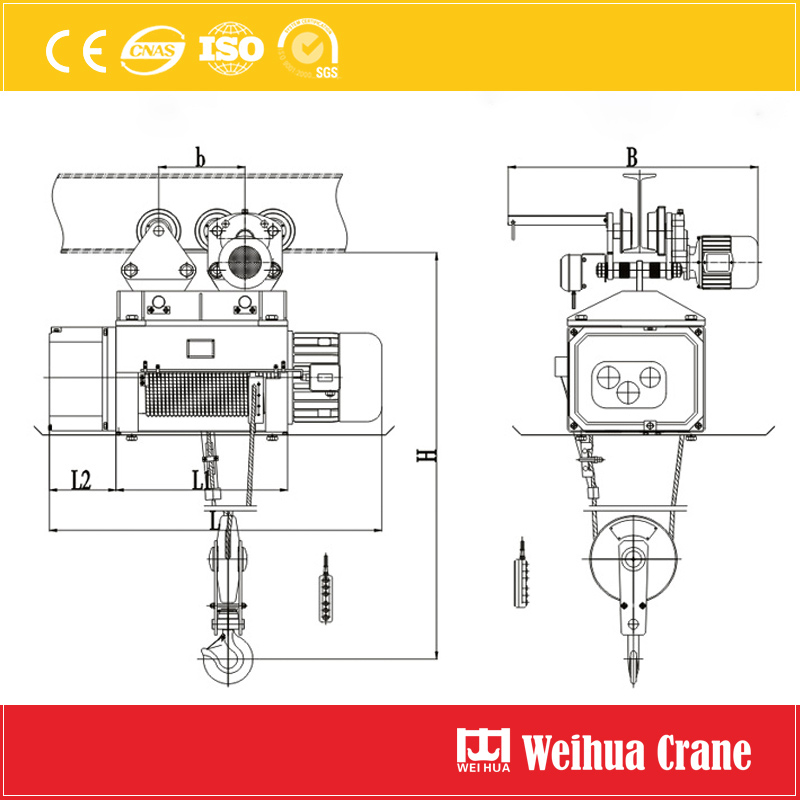
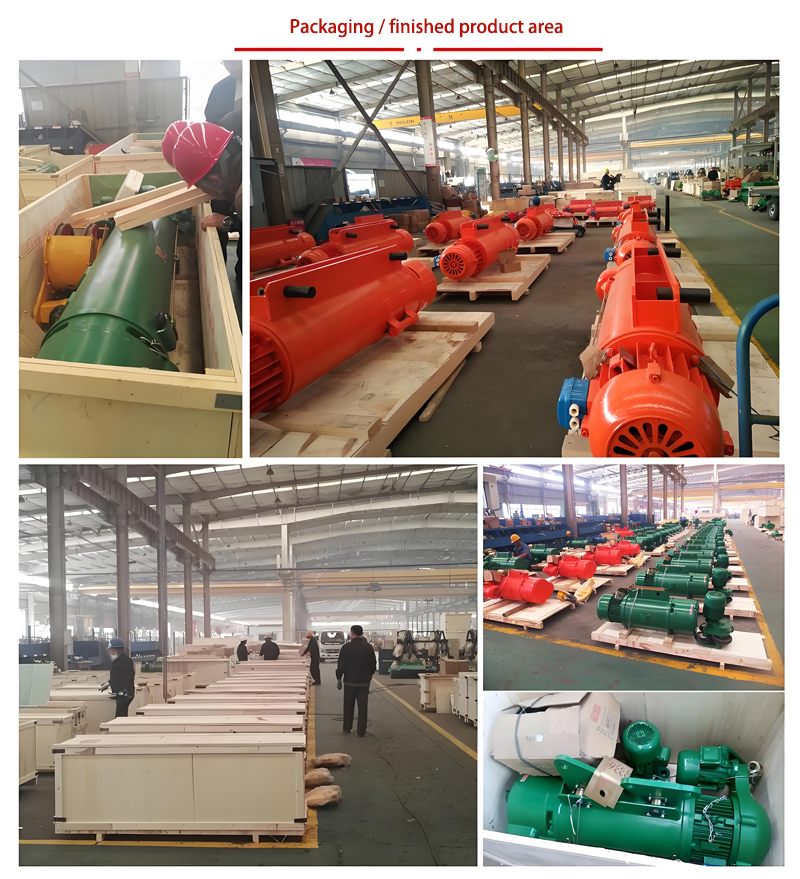
Don’t let your electric hoist’s mounting bracket be an afterthought. It is a fundamental component of your lifting system’s safety and efficiency. Investing in the right bracket, ensuring it’s properly adjusted, and performing regular inspections are small steps that prevent major problems.
When in doubt, always consult with a qualified engineer or your hoist manufacturer to ensure your setup is safe and compliant with all relevant safety standards.
Мы ценим ваши отзывы! Пожалуйста, заполните форму ниже, чтобы мы могли адаптировать наши услуги к вашим конкретным потребностям.
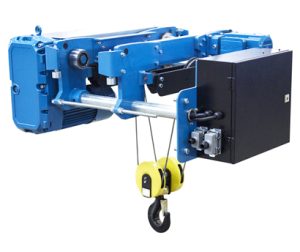
With a lifting capacity of up to 4 тонны, this 4 tons electric hoist is ideal for handlin……
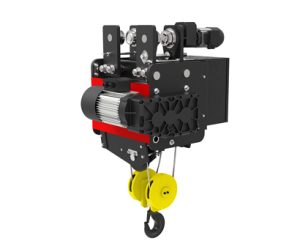
20 ft electric cable hoist parameters Classification Parameter name Details Basic p……
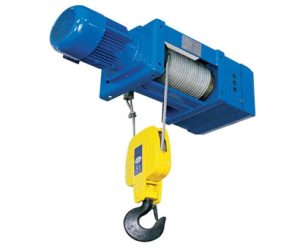
12 Цепная таль Tons — это не просто инструмент, это ваша передовая защита от простоев., безопасный……
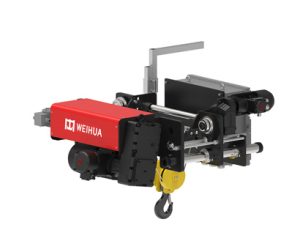
Настенная электрическая таль Weihua разработана для промышленных пользователей, которым необходима прочность……
